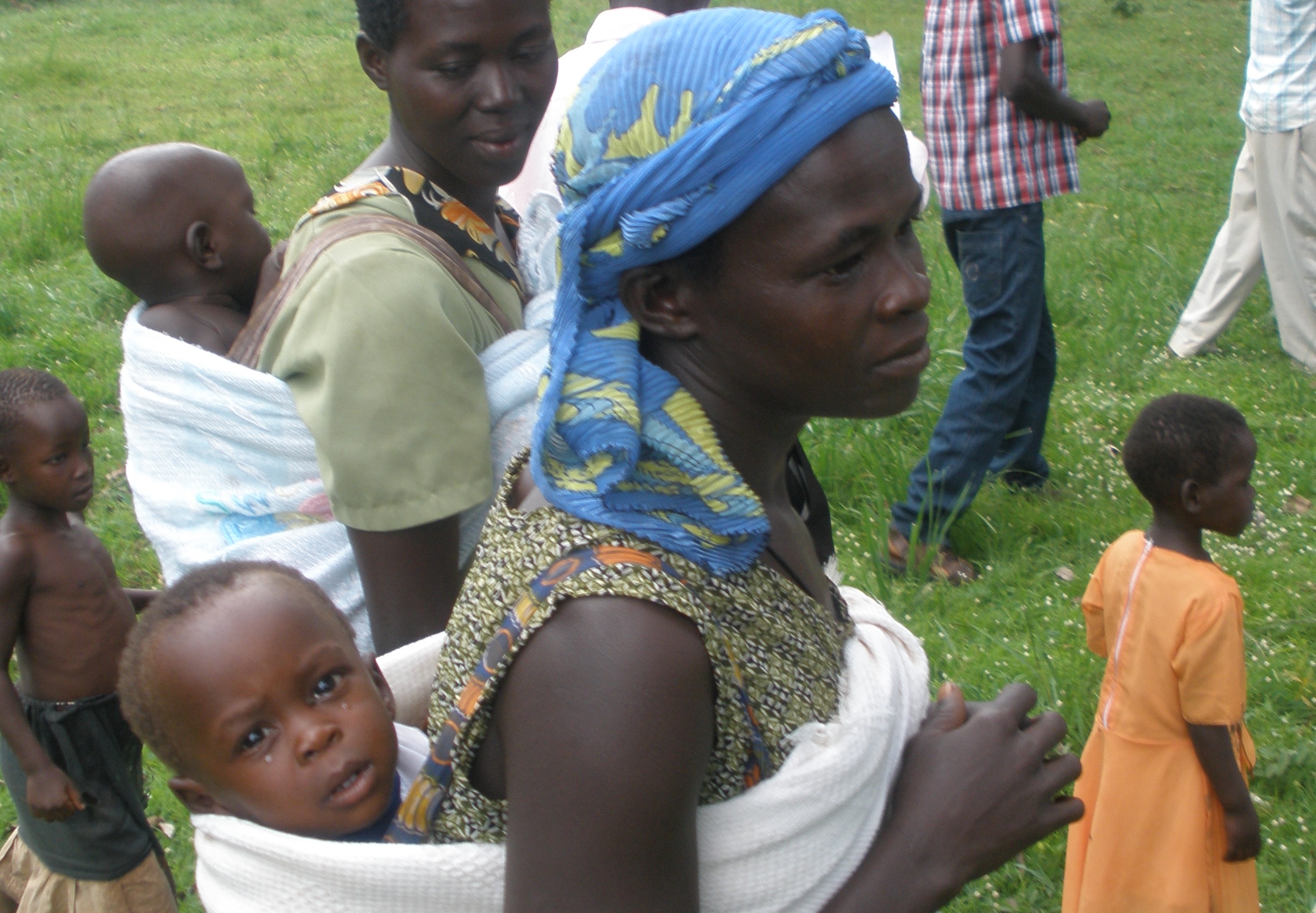MEDIA LUNA, Guatemala—A goat? Diego Sarat scratched his head. What's a goat?
His wife had just returned from a community meeting and reported that she had signed up for a new program which would give their family a goat.
"I didn't even know what a goat was," Diego recalls now. "We didn't know how to handle livestock."
That befuddling day in May 2008 turned out to be a turning point for the health of his family. The goat was part of a program run by Save the Children, the international humanitarian organization, to improve the nutrition of children in Guatemala's western highlands, particularly in the 1,000 days from when a woman becomes pregnant to the second birthday of the child. In this region, nearly three-quarters of the children are malnourished, and many of them are stunted physically and mentally due to micro-nutrient deficiencies during their first two years of life.
"The main thing was to get animal protein into their diets," says Carlos Cardenas, Save the Children's Guatemala director, about the goat milk program.
Guatemala is a country of stunning paradox, illustrating that malnutrition isn't just the absence of food but the absence of nutritious foods and well-balanced diets. Corn grows up and down the lush hillsides and all manner of vegetables blanket the verdant valleys, most of them destined for export markets. Still, Guatemala has the highest malnutrition rates in the Americas. In the western highlands, where poverty rates soar past 80 percent, poor families can't afford to purchase nutrient-laden, protein-rich foods vital for the physical and mental development of their children, particularly in the first years of life.
Save the Children's goat program was designed for families with a child under three years old. A single goat would produce enough for one glass of milk a day for that child.
At the time his goat arrived, Diego's youngest child, Haroldo, was two and not doing well. He was small, skinny, lethargic. "He was malnourished," his father says. "But once he started drinking milk every day, we could see him improve."
Today, the boy comes bounding down a hill to greet visitors with high-fives and fist bumps. He's eight now, and his father reports, thriving in both Sunday school and primary school, where he is in the first grade. The impact of the earlier malnutrition is still visible; he is physically stunted. He isn't much taller than his 5-year-old brother, Ariel, who has had the benefit of a glass of goat milk since he was a toddler.
Since 2008, more than 1,600 families have received goats (others received chickens for daily eggs), and for many of them, the program has grown beyond a glass of milk. Diego now has seven mature goats producing more than enough milk for his family; he shares the surplus with neighborhood children. He has also constructed goat pens to collect the droppings and urine, which he bottles and sells as urea-rich fertilizer. The goats are now milk producers and income generators; Diego uses the money to diversify the family's diet and buy foods he couldn't afford before.
Where once there were no goats, a chain of milk production is now beginning to stretch across the Quiché area of the highlands. Save the Children, with support from Green Mountain Coffee Roasters, is building the Highland Goat Production Center to train hundreds of local farmers in goat-rearing practices. It is a sleek complex that can house up to 300 goats. Some of the pens are reserved for pairing native goats with other breeds to improve the milk production of their offspring. The center will also be a collection point for the surplus milk of individual farmers in the area. It is gearing up to turn out an array of dairy products, like cheese, yogurt, sweets and facial creams.
It is an ambitious program to reduce the poverty of highland families. But Cardenas urges the farmers to never lose sight of the central purpose: a daily glass of milk to help conquer the malnutrition of their children. Satisfy your family first, and then the market, he says. And resist the temptation to eat the goat, he tells the farmers. A barbecue may provide food for a day, but a living goat provides a glass of milk for years.
"This is all about sustained availability of milk for children," Cardenas says.
He wants everyone to be able to answer "yes" to the question: Go(a)t milk?










